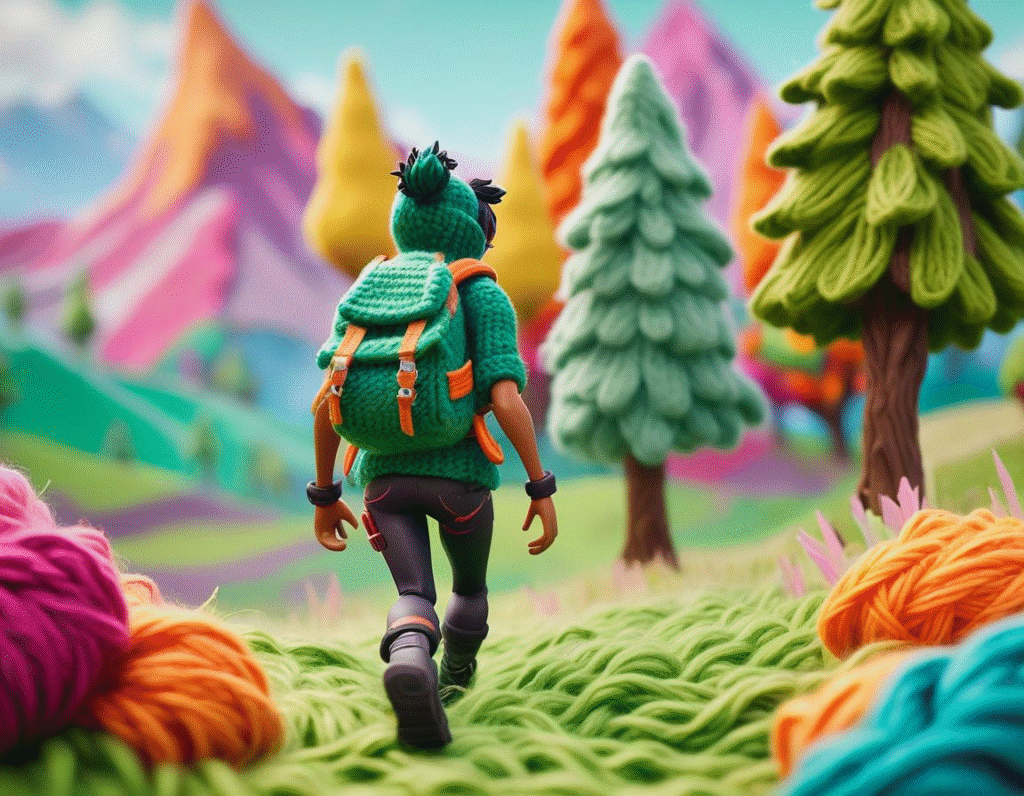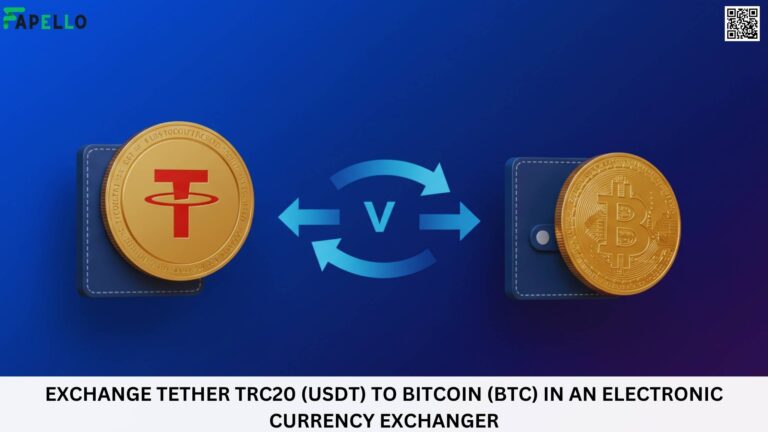Picture this: you load into Fortnite with your usual squad, same map, same drop spot, same weapons. But this time, it all looks different. To you, the world is soft and fuzzy—like a handcrafted stop-motion set built from yarn and pipe cleaners. To your teammate? It’s rendered in slick cyberpunk noir, all rain-slick streets and neon reflections. You’re playing the same match, but you’re not seeing the same game.
Ready to view Fortnite in a whole new light? Browse high-level Fortnite accounts—fully geared and competitive-ready—so you can drop in with top-tier tools, no matter how the world looks around you.
But while your loadout might pack the same punch, the way you see the game is probably about to change entirely. Welcome to the future of gaming—where AI doesn’t just power the enemies or optimize your framerate. It paints your world. Literally.

What Is “AI Overlay” and Why Does It Matter?
An AI overlay is a visual layer that sits on top of the core gameplay, modifying how things look without changing how they work. Think of it as a dynamic texture pack on steroids. Instead of installing mods or buying cosmetic skins, the game uses generative AI to reinterpret the visual experience in real-time.
And the big shift? It’s personal.
You choose your visual style. You toggle aesthetics. The underlying game—its physics, mechanics, matchmaking—remains the same. But your version of the game world becomes uniquely yours.
Fortnite: A Case Study in Playful Innovation
Fortnite has always been more than a battle royale. It’s a testing ground for what gaming can be. Marshmello concerts, Travis Scott astral projections, LEGO islands, Unreal Editor custom maps. It’s a platform, not just a shooter.
So when fans started sharing AI-remixed Fortnite clips online—like stop-motion “yarn mode” videos made with tools like Runway or Stable Video Diffusion—they weren’t just playing with filters. They were stress-testing a possibility: What if you could experience any visual reality inside Fortnite, without Epic needing to ship a new mode?
That little creative spark? It might be the most important UI experiment of the decade.
From Skins to Worlds: The Rise of Deep Aesthetic Customization
Cosmetic skins have been a billion-dollar business for years. But skins are surface-level. They change your character, not your environment. AI overlays could push that further, letting you:
- Play in a cel-shaded anime world
- Transform enemies into plush toys
- Render the entire island in low-poly nostalgia
- Apply vintage film grain or painterly brushstrokes
All in real time. All with a menu toggle.
In this future, every player could experience a different art style during the same game session. It wouldn’t just be fun—it would redefine what immersion means.
Could This Really Work? (Spoiler: Yes, Kinda)
This isn’t pure sci-fi. We already see early versions of this in the wild:
- DLSS + AI Upscaling: Games like Cyberpunk 2077 and Fortnite use AI to upscale resolution and smooth performance.
- ReShade + Stylization Mods: Players use shaders to transform game visuals on the fly.
- Runway & Gen-3: Creators are generating entirely new visual styles for pre-recorded footage.
What’s missing? Real-time overlays that can run efficiently during live, interactive gameplay without lag.
But the tech is catching up fast. With enough optimization, we’re likely just a few GPU generations away from seeing early AI-overlaid experiences inside mainstream titles.
The Real Magic: Decoupling Gameplay from Visual Design
Here’s the real paradigm shift: once AI takes over rendering, game design and art direction don’t have to be locked together.
Imagine this:
- A horror game with optional cartoon visuals—so you can play without nightmares.
- A serious military sim with a toy soldier overlay—for Twitch streams or mental relief.
- Competitive shooters where players choose between realism, abstraction, or full meme-mode.
Gameplay remains consistent. But the experience adapts to player mood, content style, or creative context.
Multiplayer Chaos or Creative Paradise?
Of course, this raises questions. What happens when players aren’t seeing the same thing?
Does it break immersion? Does it make team callouts harder? Can someone “hide” in one visual theme and become invisible in another?
These are valid design puzzles—but they’re solvable. Game engines already separate visual layers from game logic. Hitboxes don’t depend on shaders. Bullets don’t care if your opponent looks like a plush banana or a chrome robot. The key will be setting boundaries on what overlays can and can’t obscure.
And let’s be honest: in a game like Fortnite, creative chaos is kind of the point.
How Developers Might Build for This
If overlays take off, game devs will need to shift mindset:
- Design for flexibility: Build games with “content-agnostic” environments that can be styled multiple ways.
- Create API access to game data: So AI systems can understand what’s a wall, a tree, or a player model.
- Prioritize accessibility: Some visual modes might help neurodivergent players focus, or reduce motion sickness.
- Think beyond graphics: AI overlays could eventually include audio transformations, interface redesigns, even storytelling shifts.
Developers might become framework creators, while players become the directors.
What About Cheating?
One Reddit commenter pointed out the elephant in the room: if AI overlays can change what you see, what’s stopping someone from giving themselves an advantage? Brightening enemy models, removing foliage, auto-labeling items?
That risk is real. And it’s already here. Competitive games already fight off wallhacks, ESP mods, and visibility exploits. AI overlays would need strict sandboxing. Think cosmetic-only modes, or permissioned APIs that can’t access hidden data.
Again, solvable. But not trivial.
Where This Is Heading
Let’s zoom out. What’s the 5-year version of this?
- AI renders visuals in real-time based on player-selected prompts
- AR glasses add overlays to physical spaces and games alike
- Game engines ship as “logic backends,” leaving aesthetics to third-party AI apps
- Every player experiences the same story, but in a different world
At some point, you won’t just buy games. You’ll buy visual realities to layer over them. And Fortnite—with its wild mix of creativity, community, and no-fear approach to weirdness—might be the first mainstream testbed for that idea.
So What Does This Mean for Players?
You might:
- Customize your game world to match your mood
- Share highlight clips in styles no one’s seen before
- Pick accessibility overlays that help you focus
- Play with your kid in “storybook mode” while they play with dinosaurs
It won’t be for everyone. Some will prefer purist visuals. Some will say it breaks competitive balance. But many will love it, tweak it, remix it, and turn it into art.
Just like they already do with Fortnite.
Explore more posts at https://fapello.org.uk/






